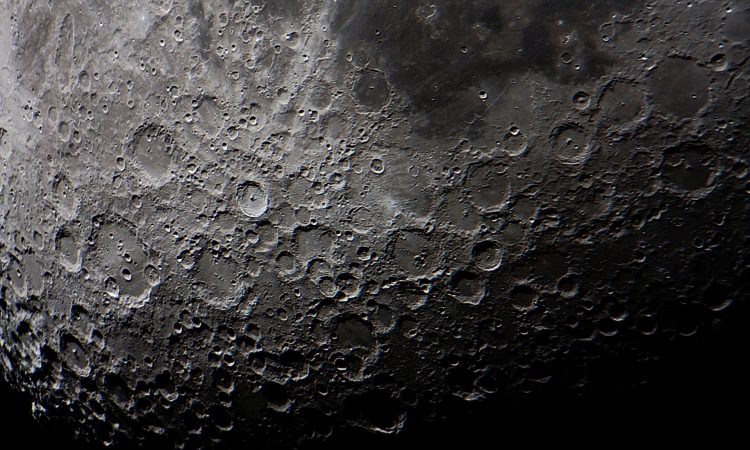
Three microscopic glass beads recovered from the surface of the Moon show that the past of Earth’s largest natural satellite was not so distant.
According to a thorough and painstaking new analysis of material collected by the China National Space Administration’s Chang’e-5 mission, these once molten minerals represent evidence of lunar volcanism that occurred just 120 million years ago.
This is much later than we expect to see such a , which was very volcanically active between about 4.4 and 2 billion years ago. After this period, the Moon is believed to have cooled too much for significant volcanism.
“Radioisotope dating of the three Chang’e-5 volcanic glass beads provides the ground truth for 120 million years of volcanism on the Moon,” geophysicist Yuyang He of the Chinese Academy’s Institute of Geology and Geophysics told ScienceAlert of Sciences.
When the Chang’e 5 sample of lunar dust was delivered to Earth’s surface in late 2020, it became the first lunar material humans could get their hands on since the return of the Soviet Union’s last Moon probe in 1976.
Using a range of analytical techniques, scientists around the world have studied this new selection of lunar fragments to gain new insights into the geology and history of the Moon.
The moon still has many secrets
A particularly interesting component of the sample consists of tiny glass beads. They form when minerals melt and then solidify again into glass under intense conditions.
Glass particles can embed that can be used to study the conditions under which the glass formed, including the composition of the surrounding selenary rock at the time.
Led by geophysicists Bi-Wen Wang and Qian WL Zhang of the Chinese Academy of Sciences, a team of researchers sifted through about 3 grams of selenary dust from Chang’e 5. In just this tiny teaspoon of material, they were able to isolate about 3,000 glass beads, it says.
Most of these were the result of meteorite impacts, which makes any volcanic grains the proverbial needle in the haystack. The moon is prone to lots of impacts and very little volcanic activity, so researchers had a lot of work to do to identify which of the spherules—if any—were the product of the latter.
The moon, too cold for volcanic activity for a long time
The team performed sulfur isotope analysis using secondary ion mass spectrometry. Three of the six final spherules had sulfur ratios incompatible with impact glass. So this was volcanic glass.
But then radiometric dating revealed the age of the spherules – about 123 million years ago. This is much more recent than the last known period in which from a volcanic point of view.
We don’t know how this could have happened, since the Moon was too cold for volcanic activity for a long time, but a clue could lie in the chemistry trapped in the three spheres. They contain a high proportion of elements known as KREEP – potassium, rare earth elements and phosphorus.
These high abundances of KREEP may be sources of radiogenic heating – the heat generated by radioactive decay. This heating can be significant. About half of Earth’s internal heat comes from radioactive decay. On the Moon, radiogenic heating could, in theory, produce outbreaks of localized volcanism.
Further research may reveal whether there is enough KREEP material in the lunar mantle to produce these flares.
The research was published in

